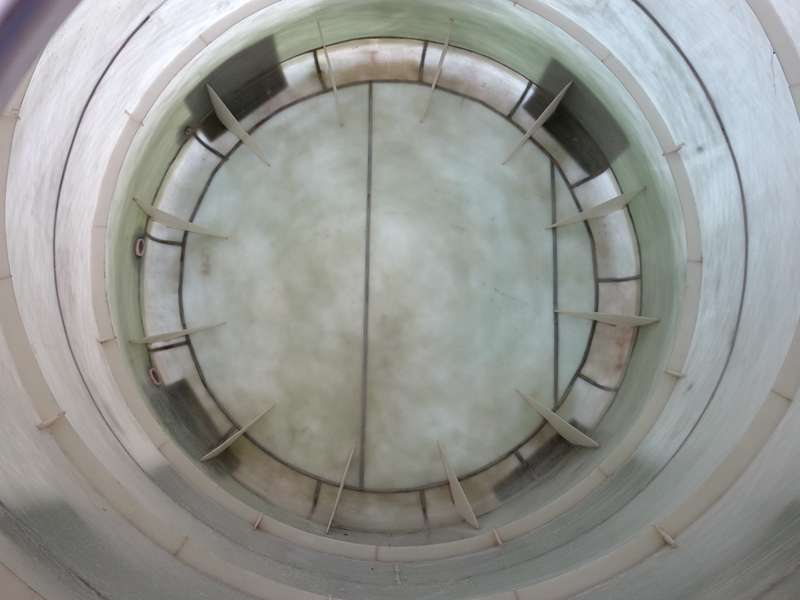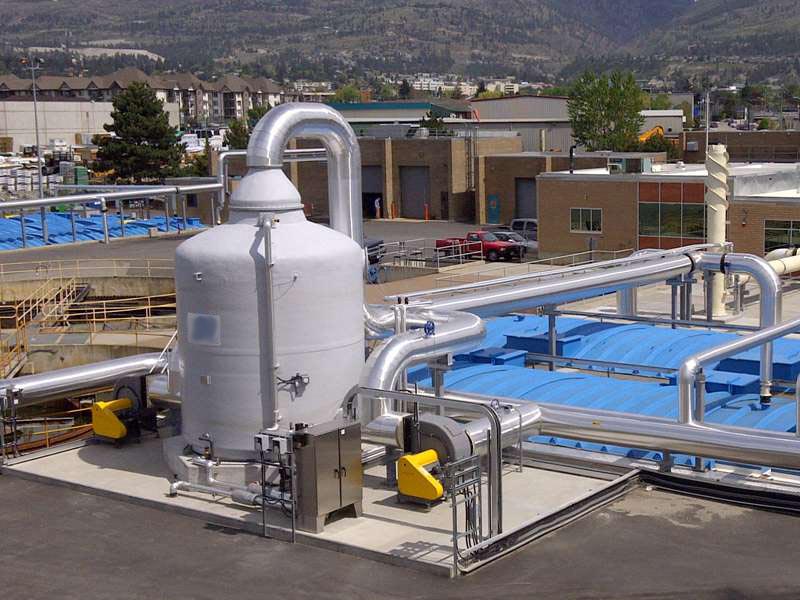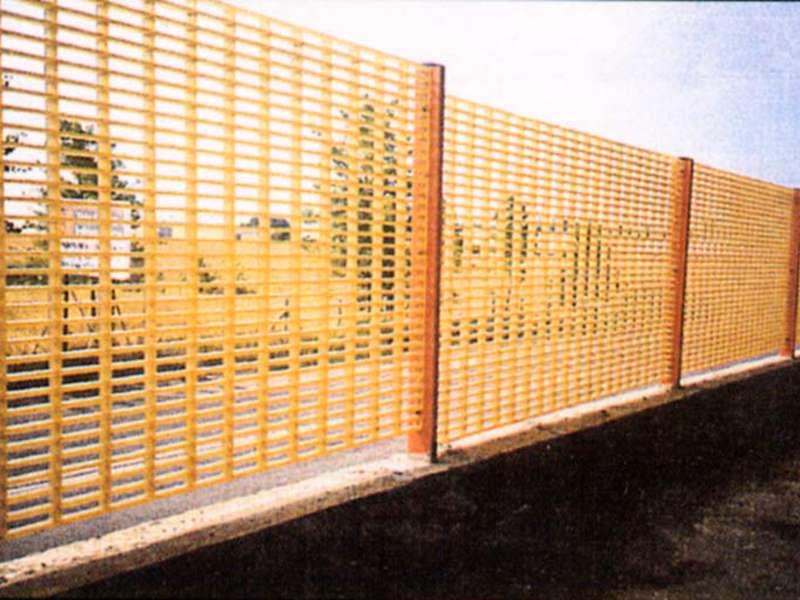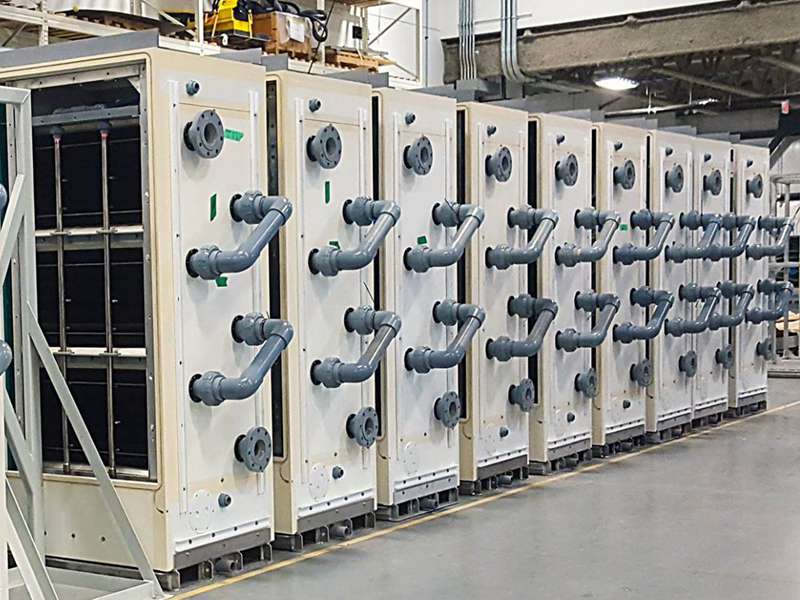
-
 Afrikaans
Afrikaans -
 Albanian
Albanian -
 Amharic
Amharic -
 Arabic
Arabic -
 Armenian
Armenian -
 Azerbaijani
Azerbaijani -
 Basque
Basque -
 Belarusian
Belarusian -
 Bengali
Bengali -
 Bosnian
Bosnian -
 Bulgarian
Bulgarian -
 Catalan
Catalan -
 Cebuano
Cebuano -
 China
China -
 China (Taiwan)
China (Taiwan) -
 Corsican
Corsican -
 Croatian
Croatian -
 Czech
Czech -
 Danish
Danish -
 Dutch
Dutch -
 English
English -
 Esperanto
Esperanto -
 Estonian
Estonian -
 Finnish
Finnish -
 French
French -
 Frisian
Frisian -
 Galician
Galician -
 Georgian
Georgian -
 German
German -
 Greek
Greek -
 Gujarati
Gujarati -
 Haitian Creole
Haitian Creole -
 hausa
hausa -
 hawaiian
hawaiian -
 Hebrew
Hebrew -
 Hindi
Hindi -
 Miao
Miao -
 Hungarian
Hungarian -
 Icelandic
Icelandic -
 igbo
igbo -
 Indonesian
Indonesian -
 irish
irish -
 Italian
Italian -
 Japanese
Japanese -
 Javanese
Javanese -
 Kannada
Kannada -
 kazakh
kazakh -
 Khmer
Khmer -
 Rwandese
Rwandese -
 Korean
Korean -
 Kurdish
Kurdish -
 Kyrgyz
Kyrgyz -
 Lao
Lao -
 Latin
Latin -
 Latvian
Latvian -
 Lithuanian
Lithuanian -
 Luxembourgish
Luxembourgish -
 Macedonian
Macedonian -
 Malgashi
Malgashi -
 Malay
Malay -
 Malayalam
Malayalam -
 Maltese
Maltese -
 Maori
Maori -
 Marathi
Marathi -
 Mongolian
Mongolian -
 Myanmar
Myanmar -
 Nepali
Nepali -
 Norwegian
Norwegian -
 Norwegian
Norwegian -
 Occitan
Occitan -
 Pashto
Pashto -
 Persian
Persian -
 Polish
Polish -
 Portuguese
Portuguese -
 Punjabi
Punjabi -
 Romanian
Romanian -
 Russian
Russian -
 Samoan
Samoan -
 Scottish Gaelic
Scottish Gaelic -
 Serbian
Serbian -
 Sesotho
Sesotho -
 Shona
Shona -
 Sindhi
Sindhi -
 Sinhala
Sinhala -
 Slovak
Slovak -
 Slovenian
Slovenian -
 Somali
Somali -
 Spanish
Spanish -
 Sundanese
Sundanese -
 Swahili
Swahili -
 Swedish
Swedish -
 Tagalog
Tagalog -
 Tajik
Tajik -
 Tamil
Tamil -
 Tatar
Tatar -
 Telugu
Telugu -
 Thai
Thai -
 Turkish
Turkish -
 Turkmen
Turkmen -
 Ukrainian
Ukrainian -
 Urdu
Urdu -
 Uighur
Uighur -
 Uzbek
Uzbek -
 Vietnamese
Vietnamese -
 Welsh
Welsh -
 Bantu
Bantu -
 Yiddish
Yiddish -
 Yoruba
Yoruba -
 Zulu
Zulu
GRP Duct Systems Corrosion-Resistant & Durable Solutions
- Introduction to GRP Duct Systems
- Market Data: Growth & Industrial Impact
- Technical Advantages Over Traditional Materials
- Vendor Comparison: Performance Metrics
- Custom Solutions for Diverse Applications
- Case Studies: Real-World Success Stories
- Future Trends in GRP Duct Technology

(grp duct)
Understanding GRP Duct Systems in Modern Infrastructure
GRP (Glass Reinforced Polyester) duct systems have emerged as a cornerstone in industrial ventilation, offering unparalleled resistance to fiberglass duct corrosion. These systems are engineered to withstand harsh environments, including chemical exposure, extreme temperatures, and moisture. Industries such as petrochemicals, wastewater treatment, and power generation increasingly rely on GRP ducts due to their longevity and minimal maintenance requirements. With a 17% annual growth rate in adoption since 2020, GRP ducts are redefining durability standards.
Market Data: Growth & Industrial Impact
The global GRP duct market is projected to reach $2.8 billion by 2028, driven by a 23% surge in demand from emerging economies. Key statistics reveal:
- 40% lower lifecycle costs compared to galvanized steel
- 72-hour corrosion resistance in pH 1–14 environments
- 30% weight reduction enabling faster installation
Chemical plants report 63% fewer unplanned shutdowns after switching to GRP systems, according to 2023 industry audits.
Technical Advantages Over Traditional Materials
GRP ducts outperform alternatives through three key features:
- Non-conductive properties: Eliminate spark risks in explosive atmospheres
- Seamless construction: Reduces particulate accumulation by 89%
- Thermal insulation: Maintains ±1.5°C temperature stability without external layers
Vendor Comparison: Performance Metrics
| Parameter | GRP Pro | SteelMaster | DuraVent |
|---|---|---|---|
| Corrosion Resistance | 25+ years | 8–12 years | 15–18 years |
| Max Temp Tolerance | 160°C | 480°C | 200°C |
| Installation Cost/m | $85 | $120 | $95 |
| Flame Spread Rating | Class 1 | Class 3 | Class 1 |
Custom Solutions for Diverse Applications
Modular GRP systems support bespoke configurations:
- Diameter ranges: 150mm to 3.2m
- Custom flange designs for airtight ISO 8573-1 compliance
- UV-stabilized options for outdoor installations
A recent offshore platform project utilized 360° rotational joints to navigate complex spatial constraints.
Case Studies: Real-World Success Stories
Chemical Processing Plant, Germany:
- Replaced stainless steel ducts with GRP system
- 68% reduction in maintenance costs over 5 years
- Zero corrosion-related failures since 2021
Data Center Cooling, Singapore:
- 35% improvement in airflow efficiency
- Eliminated condensation issues in 95% RH environments
Future Trends in GRP Duct Technology
Smart GRP duct systems with embedded IoT sensors are projected to capture 40% of the market by 2027. These innovations enable real-time monitoring of airflow (±2% accuracy) and structural integrity. Advancements in resin formulations now allow continuous operation at 180°C, expanding applications in energy-intensive sectors. As industries prioritize sustainability, GRP ducts’ 100% recyclability positions them as the ventilation solution for circular economies.
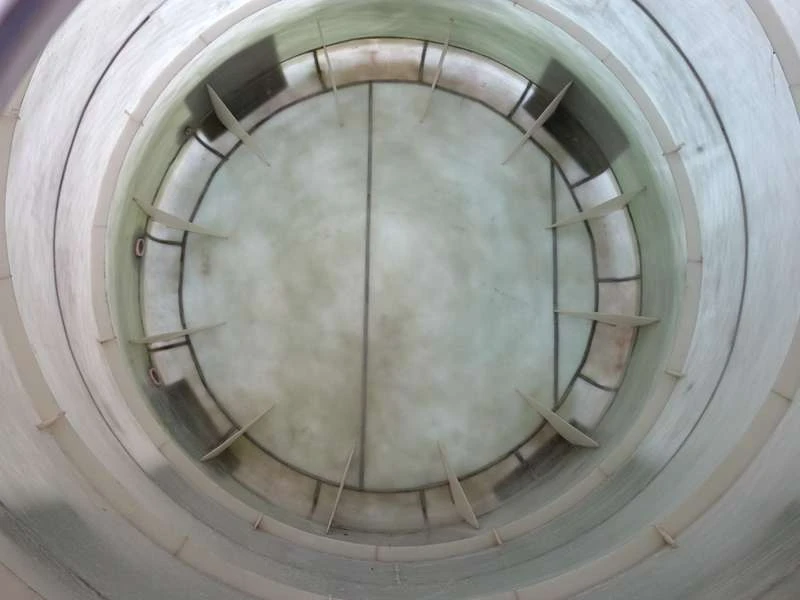
(grp duct)
FAQS on grp duct
Q: What is a GRP duct and what are its primary uses?
A: A GRP (Glass Reinforced Plastic) duct is a lightweight, corrosion-resistant ducting system made from fiberglass. It is primarily used in industrial and chemical environments to transport corrosive gases, fumes, or air. Its durability and resistance to moisture make it ideal for harsh conditions.
Q: How does a GRP duct system differ from traditional metal duct systems?
A: Unlike metal ducts, GRP duct systems are immune to rust and corrosion, especially in humid or chemically aggressive environments. They are lighter, easier to install, and require minimal maintenance. Additionally, GRP ducts offer better thermal insulation properties compared to metal.
Q: What causes fiberglass duct corrosion, and how can it be prevented?
A: Fiberglass duct corrosion is rare but may occur due to prolonged exposure to extreme temperatures or incompatible chemicals. Prevention includes selecting the right resin matrix during manufacturing and regular inspections. Protective coatings or liners can also enhance resistance.
Q: Are GRP ducts suitable for high-temperature applications?
A: Yes, GRP ducts can withstand high temperatures depending on the resin type and design. Custom formulations using heat-resistant resins (e.g., epoxy or vinyl ester) enable use in environments up to 150°C (302°F). Always verify specifications with the manufacturer.
Q: What maintenance is required for a GRP duct system?
A: GRP duct systems require minimal maintenance due to their corrosion-resistant properties. Routine checks for surface damage, blockages, or chemical wear are recommended. Cleaning with non-abrasive methods ensures longevity and performance.
Latest news
-
High-Efficiency Insulation Tanks for Optimal Temperature ControlNewsAug.11,2025
-
Premium Oblate Tanks: Space-Saving & Efficient Liquid StorageNewsAug.10,2025
-
High-Performance Insulation Tanks for Optimal Energy SavingsNewsAug.09,2025
-
Precision Fittings: High-Quality Connections for Every SystemNewsAug.08,2025
-
Other Products: Explore Our Diverse RangeNewsAug.07,2025
-
High-Efficiency Fans, Dampers & Demisters | Custom SolutionsNewsAug.06,2025


